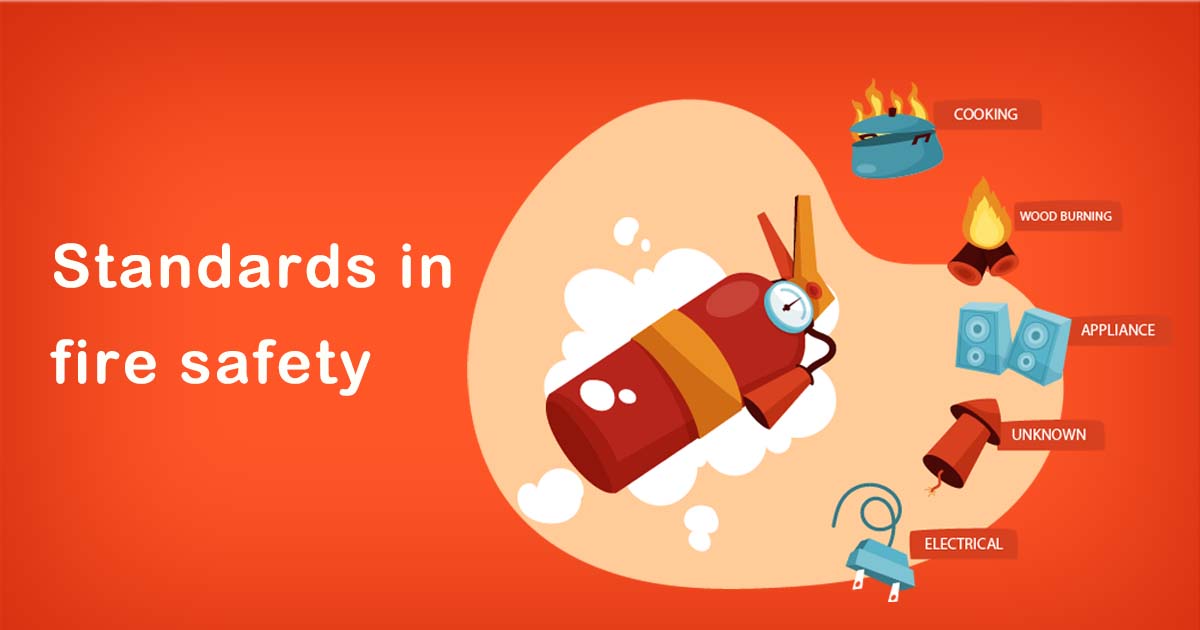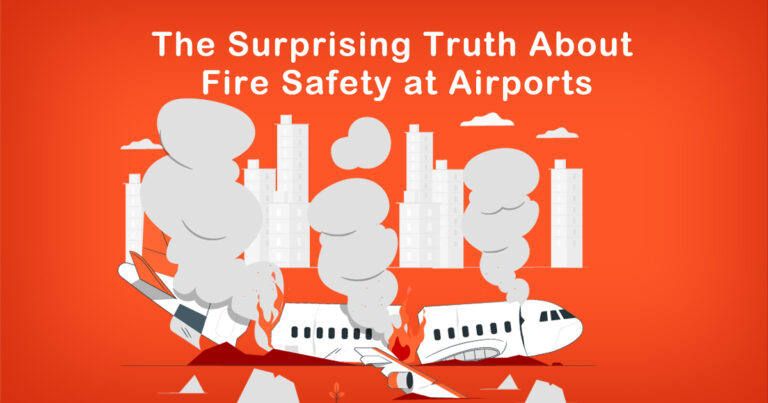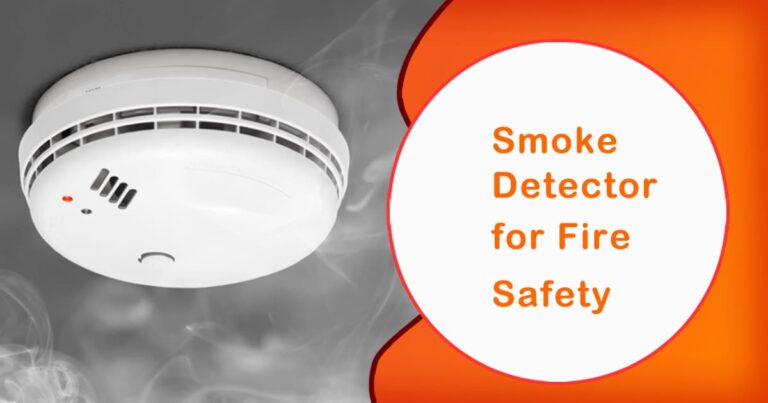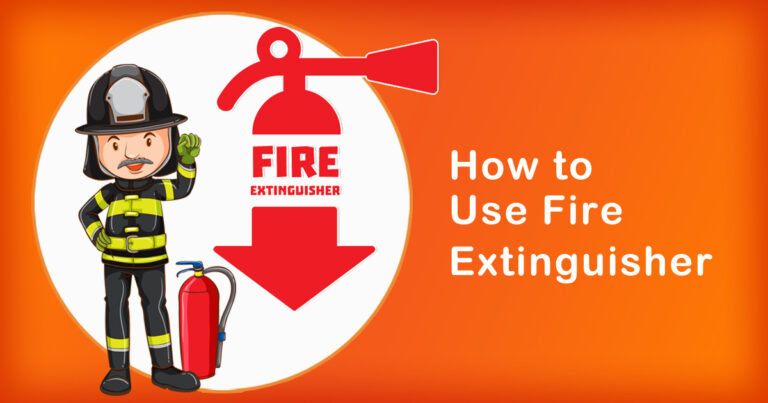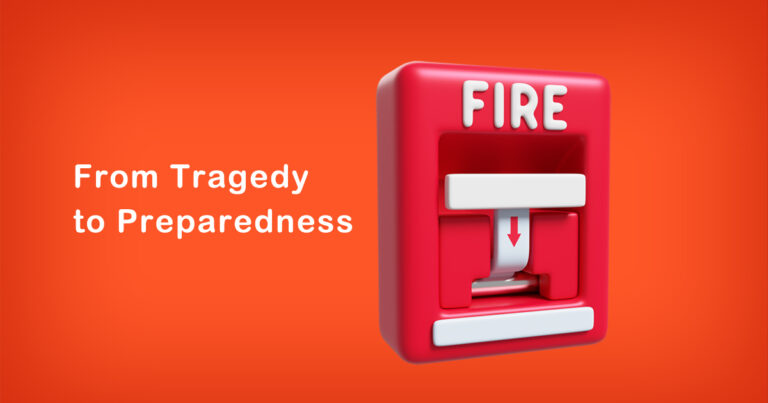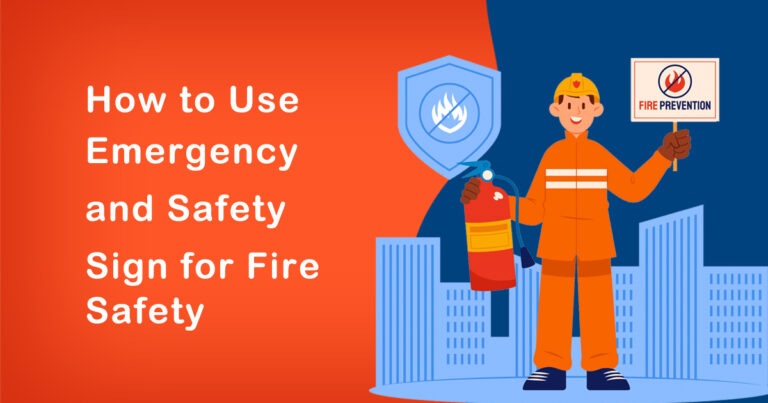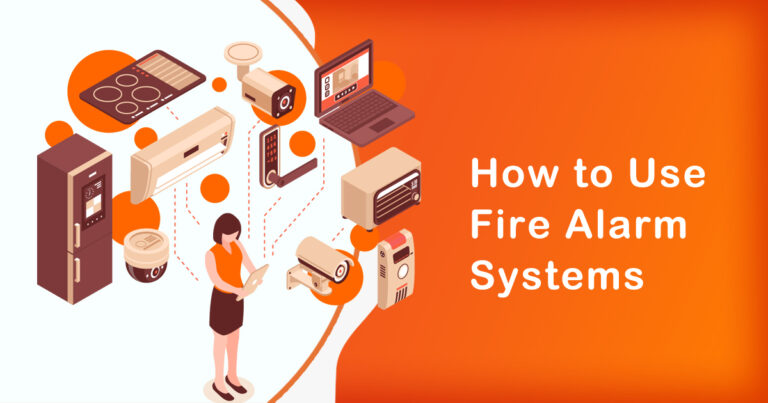Building codes and standards play a critical role in fire safety by establishing requirements for the design, construction, and maintenance of buildings to reduce the risk of fire and protect the safety of building occupants. These codes and standards are developed and enforced by national and local authorities, and they set specific requirements for fire protection systems and other fire safety measures that must be met in order to obtain building permits and pass inspections.
Some of the key building codes and standards related to fire safety include:
- International Building Code (IBC) : The IBC is a model building code developed by the International Code Council (ICC) that is widely adopted by states and municipalities in the United States. It sets requirements for fire protection systems and other fire safety measures in new and existing buildings.
- National Fire Protection Association (NFPA) codes : The NFPA is a non-profit organization that develops and publishes more than 300 codes and standards related to fire protection, including the NFPA 1 Fire Code and the NFPA 101 Life Safety Code. These codes set requirements for fire protection systems, fire safety features and building design to protect the building occupants.
- Occupational Safety and Health Administration (OSHA) regulations : OSHA is a federal agency that sets and enforces standards for workplace safety, including requirements for fire safety in industrial settings.
The Ministry of Housing and Urban Affairs, Government of India, publishes a guide called the National Building Code of India (NBC) which provides guidelines for the design, construction and maintenance of buildings in India. The NBC of India is not legally binding, but it serves as a benchmark for the states to follow and adopt as per their requirements and local codes. It’s a comprehensive document that covers various aspects of building construction, design and safety including fire safety provisions, and it covers three parts:
- Part 1: “Fire and Life Safety”
- Part 2: “Building Services and Safety”
- Part 3: “Housing and Small Buildings”
NBC Part 4 : “Earthquake Engineering” is also been included.
The NBC of India provides guidelines for fire protection, detection, and alarm systems, including requirements for means of egress, interior finishes, and fire separation. It also includes recommendations for fire safety in existing buildings, and sets out standards for various types of buildings, including high-rise buildings and industrial buildings. The NBC is regularly updated to align with the current technology and safety requirements.
However, the actual implementation of the NBC and its provisions vary from state to state as the Indian Constitution gives the power to regulate building construction to state governments. So, each state in India has its own Building Code or Building Bye-laws, which are based on the NBC but may have some variations.
These codes and standards cover a wide range of fire safety measures, including the design and construction of fire walls, stairways, and other fire barriers; the installation and maintenance of fire protection systems such as sprinklers, fire alarms, and emergency lighting; and the use of fire-resistant materials in construction. They also often include requirements for regular fire safety inspections, testing and maintenance of equipment, fire safety training and emergency evacuation planning.
Overall, building codes and standards play a critical role in ensuring that buildings are designed, constructed, and maintained in a way that reduces the risk of fire and protects the safety of building occupants. By enforcing these codes and standards, building officials can help to ensure that buildings are safe and up to date.


